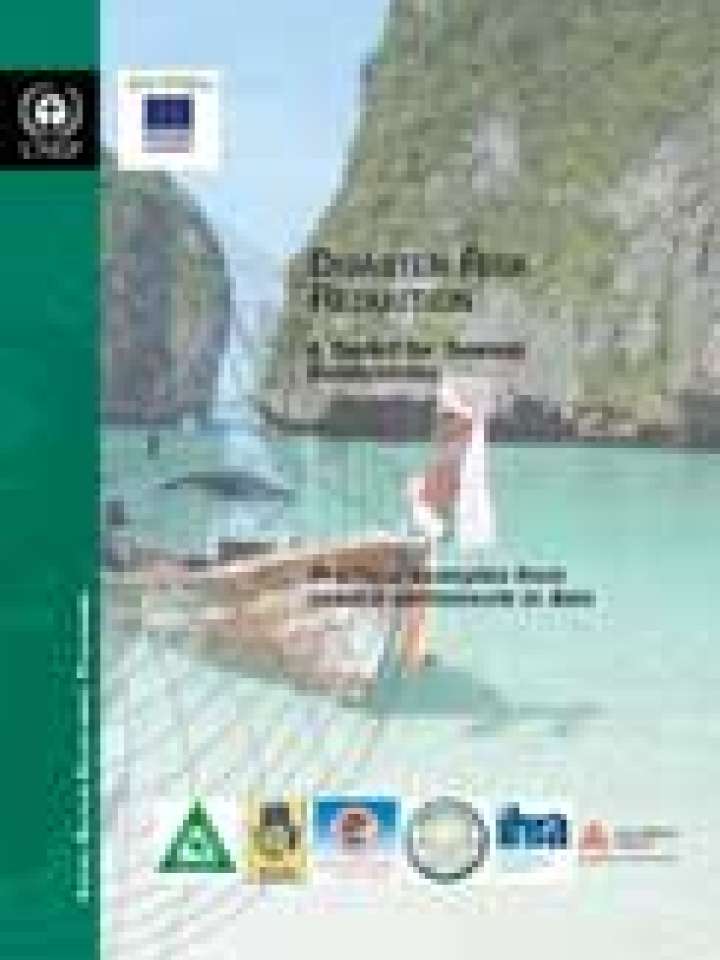Disaster risk reduction: a toolkit for tourism destinations - practical examples from coastal settlements in Asia
This toolkit provides disaster managers, local and municipal and community planners, as well as other stakeholders in the tourism sector with practical guidance on how to better prepare for disasters in tourist destinations. It gives information and resources based on experience from the project aimed to build capacity for disaster risk reduction in three tsunami-affected tourism destinations in India and Thailand. It aims to provide information relating to the various steps that need to be undertaken, from the preliminary assessment, to capacity building, disaster prevention and preparedness planning, to communicating and disseminating key information.
The toolkit has been developed to disseminate the project experience and to allow its replication in other tourist destinations. It is designed for local municipalities and for the various actors involved in emergency planning and response in tourism destinations. It summarises the objectives, methods, experiences and recommendations for disaster risk reduction acquired during the project. For each step in the process, the toolkit provides an explanation of what should be done and a reference to the project experience.
It is divided into 6 sections. Section 1 provides an overview of the project, including background information on the three demonstration sites and on the methodology followed in the project. Section 2 describes the preparatory work for disaster management and planning including the establishment of local coordinating groups and the initial preliminary assessment of local preparedness. Section 3 focuses on capacity building and implementation for disaster prevention and preparedness and covers the following themes: risk assessment, shelter assessment and environmental awareness. Section 4 provides information on developing a local disaster preparedness plan as a key component of disaster prevention efforts. Section 5 describes training requirements and communication of key information. Finally, section 6 highlights key success factors that may serve as useful guidance for toolkit users.
Explore further

